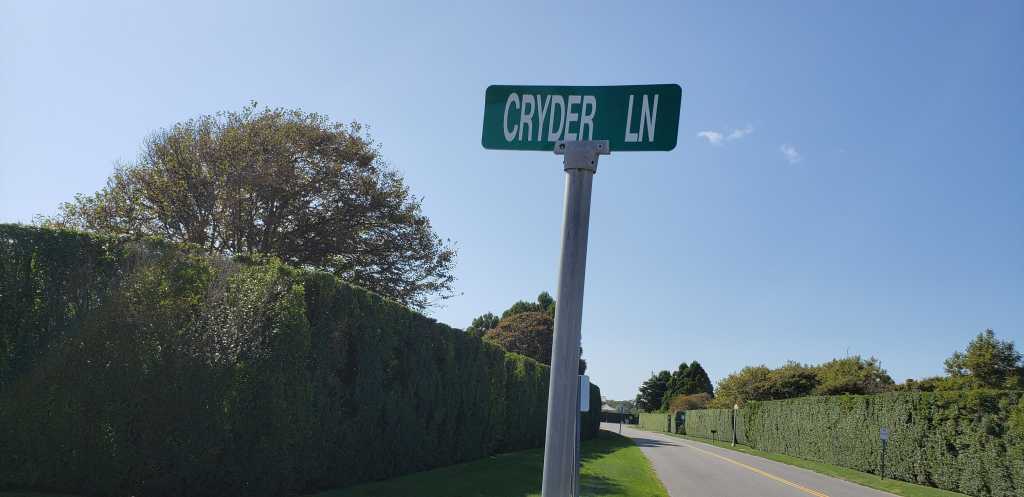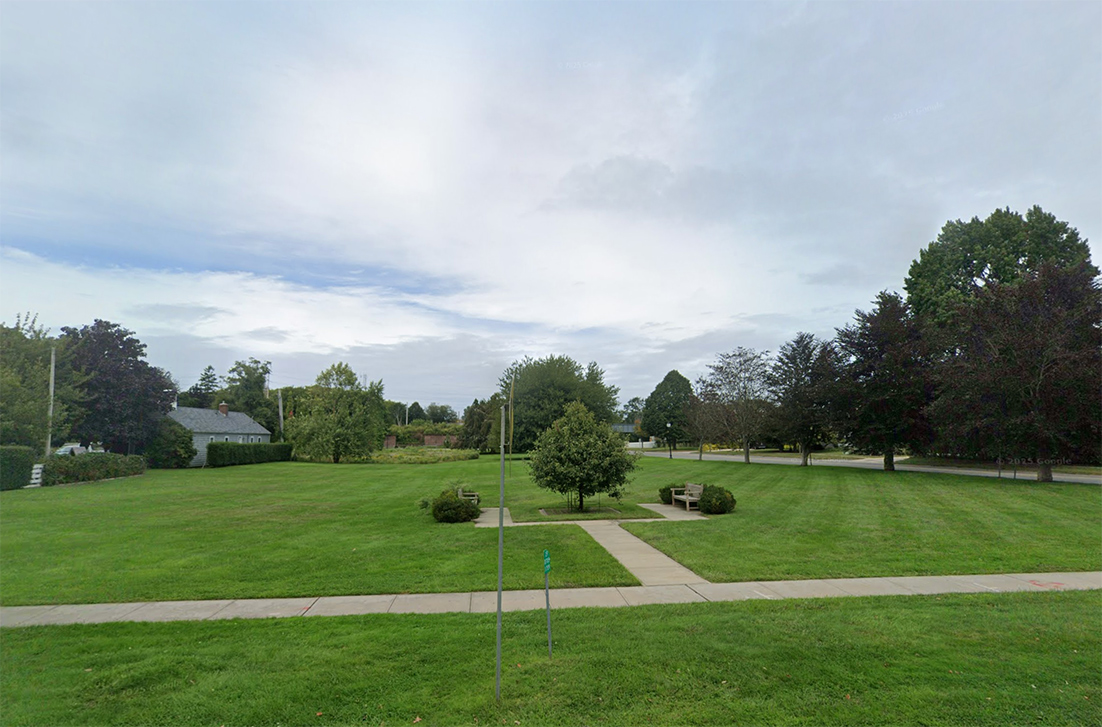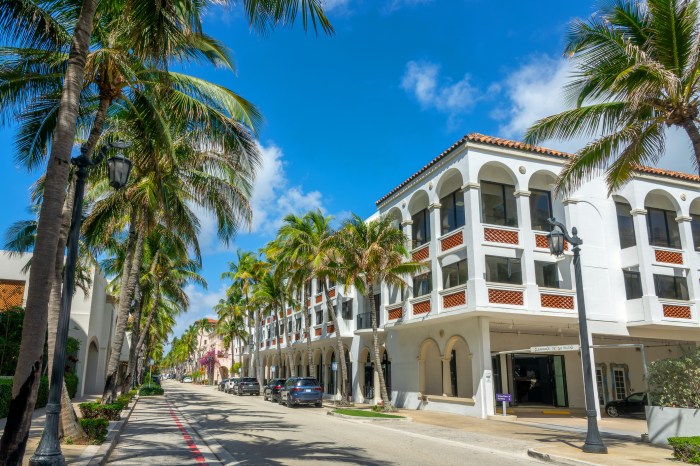“I’m not Old Guard. We were poor and we weren’t pretty. But my mother was very publicity-conscious and dressed us all alike and things like that so we were pretty well known.” –Elsie Cryder Woodward
Of course, there’s poor and there’s poor. “Poor,” when referring to Elsie’s father Duncan Cryder, meant a mansion on Gin Lane (Sandrift, now demolished), a house in New York, being a founding member of the Shinnecock Golf Club, and first president of the Meadow Club. Cryder’s tea importing business wasn’t a success, but because his brother, William Wetmore Cryder, was immensely rich and president of the Madison Square Bank, the Cryders lived well.
They had three identical daughters, known far and wide as the Cryder Triplets, Elizabeth (Elsie), Edith, and Ethel, born in 1883, and a son, Ogden (Mrs. Cryder’s maiden name), born in 1884. In 1885, the Cryders bought a Shingle Style cottage called Sandrift, on what is now Cryder Lane and Gin Lane. (Second house from the left, below.)

In 1890, William K. Vanderbilt, Edward Meade and Duncan Cryder visited Biarritz in southern France. There at the resort they met Scotsman Willie Dunn, who was building a golf course at the resort. They decided to introduce golf to New York. The men scouted around the city for a spot; Meade thought upstate New York was a good place, while Cryder preferred Yonkers. Long Islander Vanderbilt urged them to look east. 80 acres of land in Shinnecock was purchased for $2,500 and 44 original members signed up for $100 each.
In 1891, disaster struck. Wetmore was indicted for perjury and embezzling $39,000 from Manhattan Square Bank, where he was president. (Only about $2 million today.)
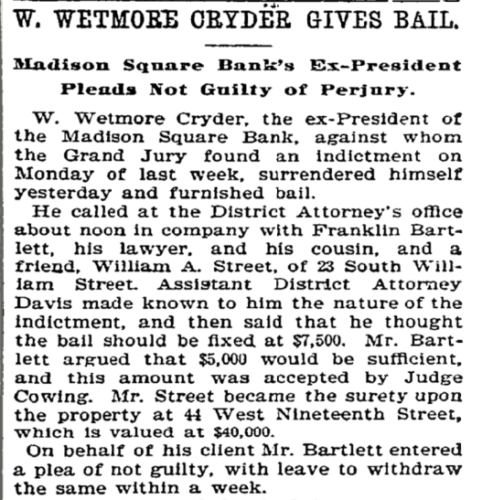
The scandal caused the Cryder family to move to Paris. The family returned in 1899 to New York. The girls, now 16, were tall, thin, dressed very well and were celebrated for their looks, supposedly modeling for Charles Dana Gibson.
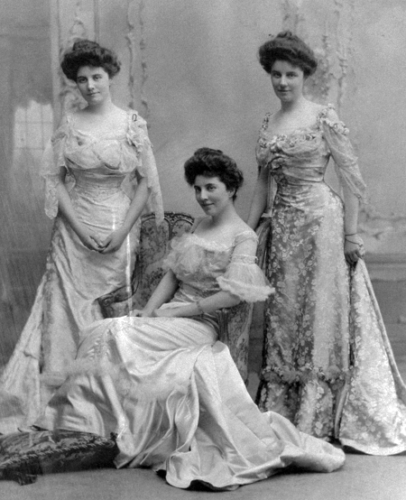
They became the talk of New York, appearing on magazine covers and in much ink in New York social columns.
But in 1902, further disaster struck. Young Ogden, just 17 and a student at Groton, was crushed to death after falling under a street car.
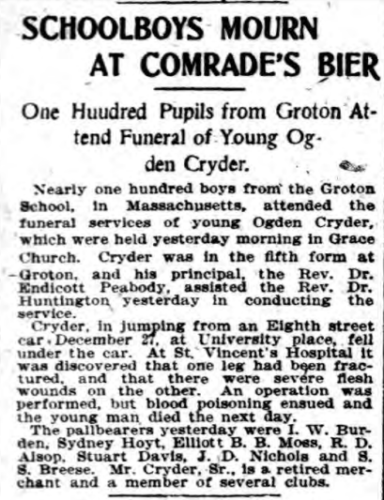
His parents commissioned Tiffany & Co create a memorial window at St Andrew’s Dune Church, which is there today.

While today a medieval knight seems an odd choice for a memorial window, it was popular in the late nineteenth and early twentieth century for a young man who had died. The window is a copy of Sir Galahad by George Frederick Watts. The legend of Sir Arthur and his Knights was very popular around the turn of the century. According to the story, Galahad is a young knight known for being both beautiful and chaste, and he is the only one of the knights to attain the Holy Grail. Notice how the clouds around Galahad’s head almost look like a halo?
The Cryder triplets were determined to marry well, and they did. Edith married Frederick Lothrop Ames, son of the wealthiest man in Massachusetts, and resided in Boston. Ethel married Henry V. Higgins of London, England, the director of the Covent Garden Royal Opera. And Elsie married William Woodward II, the president of Central Hanover Bank.
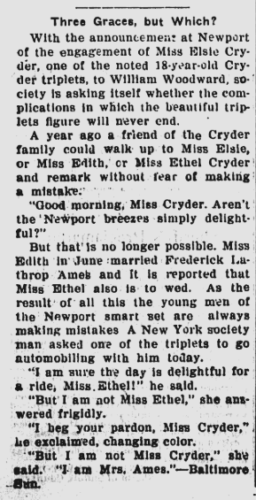
But the story doesn’t end there. Elsie’s son William Woodward, Jr., married Ann Eden Crowell, a former radio actress and magazine model. On October 30, 1955, Ann said she’d mistaken her husband William for a prowler in their Oyster Bay Cove home. She shot him in the head at close range with a twelve-gauge shotgun. Truman Capote’s novel Answered Prayers was based on this incident, as was Dominick Dunne’s novel The Two Mrs. Grenvilles, from which the 1987 film was adapted. Ann committed suicide in her Fifth Avenue apartment in 1975, not long after she had seen the manuscript of Answered Prayers. Both of Ann and William’s children, James and William IV, committed suicide by jumping out windows.

